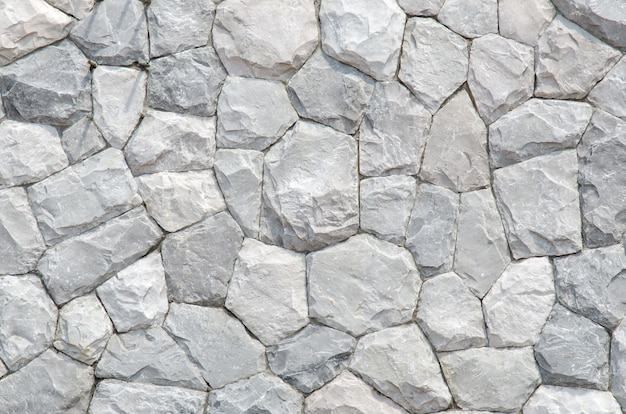When it comes to construction, cinder blocks are a popular choice due to their durability and affordability. However, to ensure the structural integrity and longevity of a project, it is crucial to use the right materials between cinder blocks. In this article, we will delve into the various options available and discuss their pros and cons.
- Mortar:
Mortar is the traditional choice for joining cinder blocks. It is a mixture of cement, sand, and water, which forms a strong bond when it hardens. Mortar provides stability and prevents shifting between blocks, ensuring a solid structure. However, it is important to choose the right type of mortar based on the specific project requirements, such as weather conditions and load-bearing capacity. - Concrete:
Concrete is another commonly used material for reinforcing cinder blocks. It is a mixture of cement, sand, gravel, and water. Concrete offers enhanced strength and durability, making it suitable for heavy-duty applications. It can be poured between cinder blocks to create a solid and stable foundation. However, the curing time for concrete can be longer compared to other options. - Adhesive:
In recent years, construction adhesives have gained popularity as an alternative to traditional mortar or concrete. These adhesives are specially formulated to provide a strong bond between cinder blocks. They offer quick and easy installation, reducing labor costs and time. However, it is essential to select an adhesive that is compatible with cinder blocks and can withstand the environmental conditions of the project. - Reinforcing Bars:
For projects requiring additional strength and load-bearing capacity, reinforcing bars, also known as rebar, can be used between cinder blocks. Rebar is made of steel and is inserted into the hollow cores of the blocks. It provides structural reinforcement and prevents cracking or collapsing under heavy loads. However, the installation of rebar requires careful planning and expertise. - Insulation:
In certain applications, insulation materials may be required between cinder blocks. These materials help regulate temperature, reduce energy consumption, and provide soundproofing. Common insulation options include foam boards, mineral wool, and fiberglass. It is crucial to choose insulation materials that are compatible with cinder blocks and meet the desired thermal and acoustic requirements.
Conclusion:
Choosing the right material between cinder blocks is essential for ensuring a strong and durable construction. Whether it is mortar, concrete, adhesive, reinforcing bars, or insulation, each option has its own advantages and considerations. By understanding the specific project requirements and consulting with professionals, one can make an informed decision to achieve optimal results.


